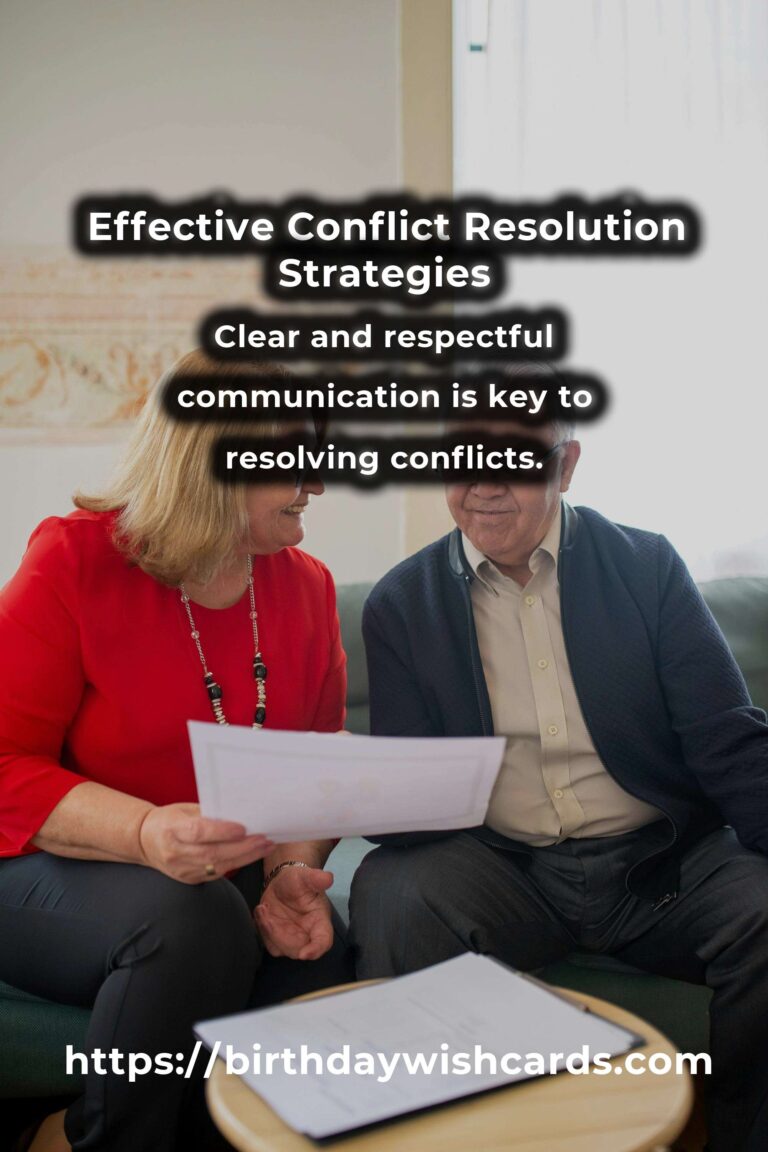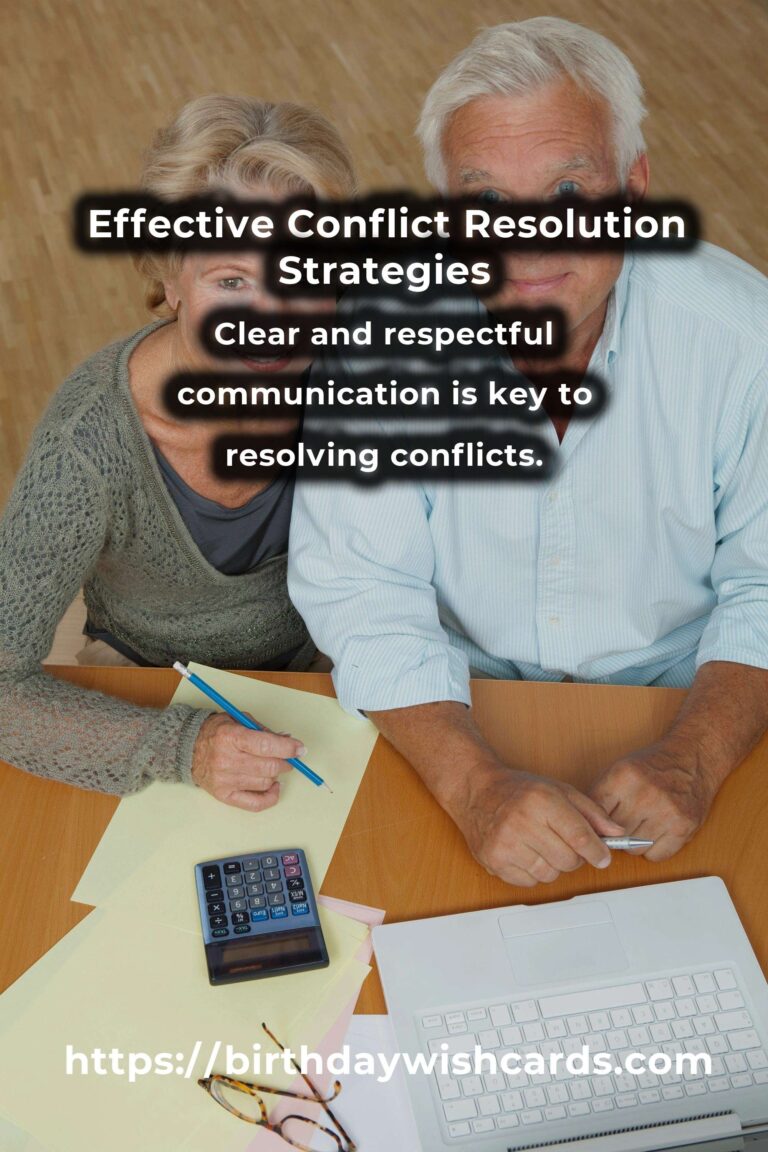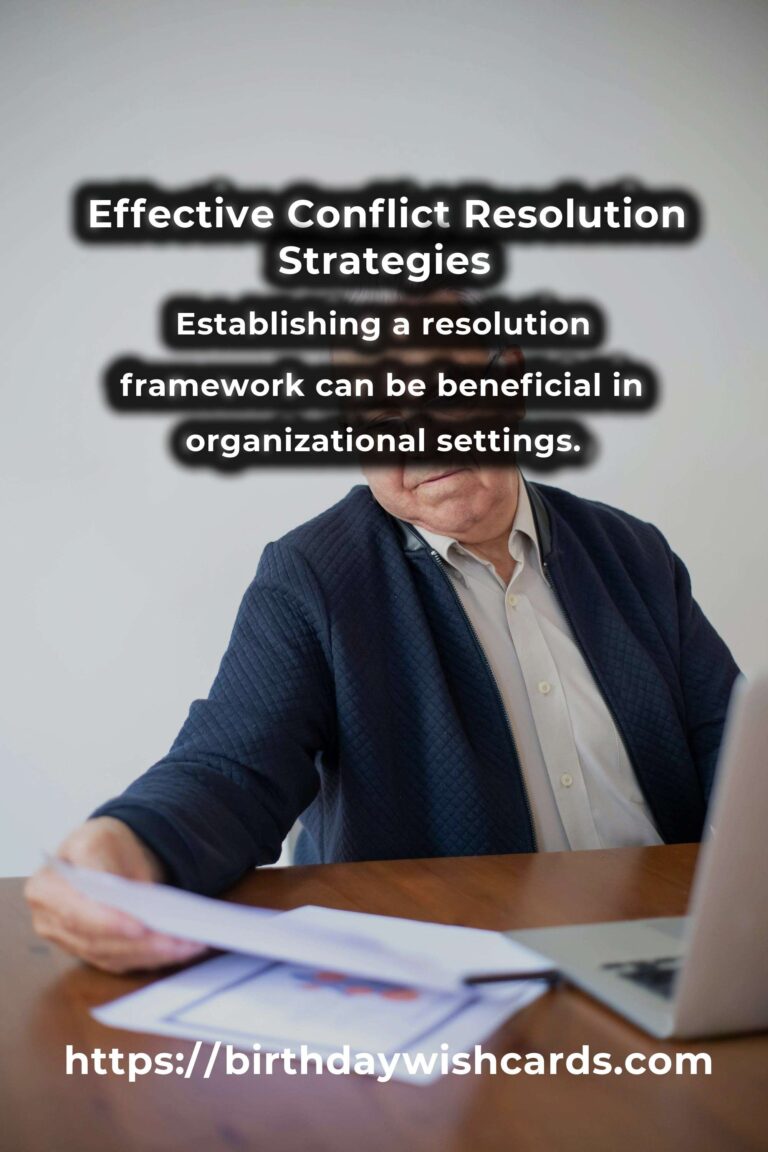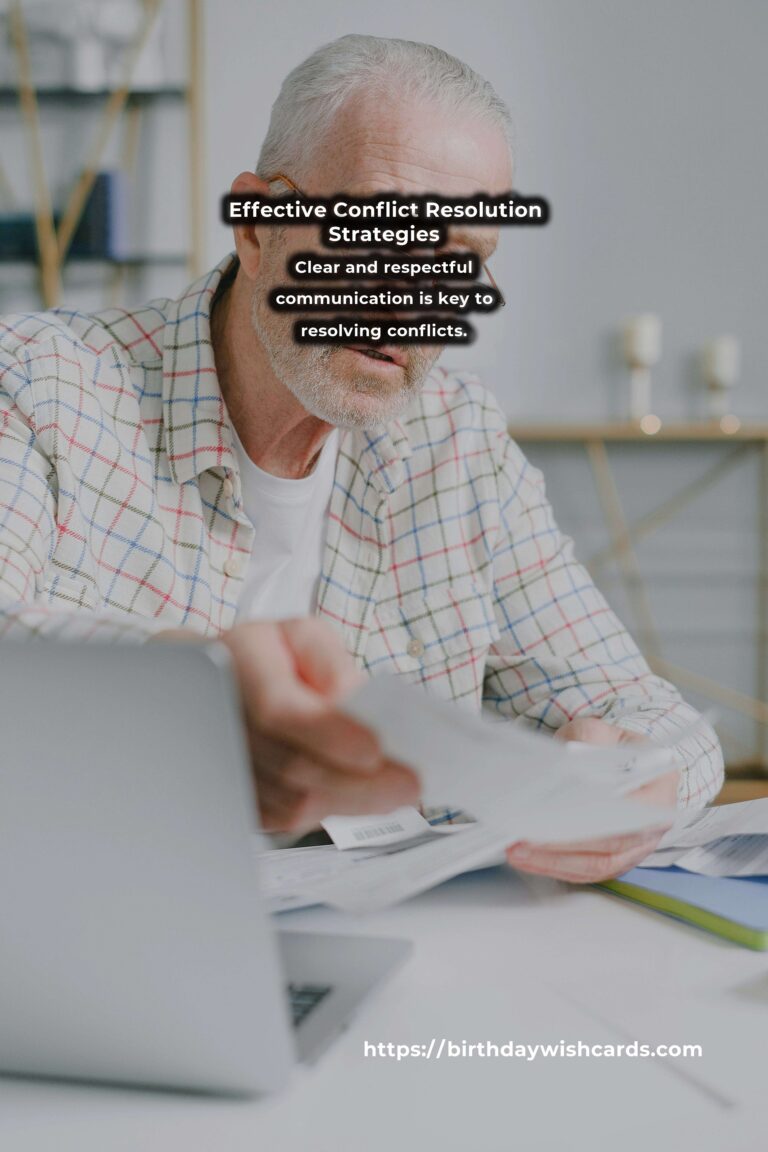
Conflict is an inevitable part of human interaction, whether in personal relationships, workplaces, or community settings. Understanding how to effectively resolve conflicts is crucial for maintaining harmonious relationships and ensuring productive environments. In this article, we will explore six fundamental ideas for conflict resolution that can help individuals and organizations navigate disputes constructively.
1. Understanding the Nature of Conflict
Before diving into resolution strategies, it’s essential to understand what conflict is and why it occurs. Conflict arises from differences in opinions, values, needs, or interests. Recognizing the nature of the conflict can help in addressing the root cause rather than just the symptoms. Understanding the perspectives of all parties involved is the first step towards resolution.
2. Active Listening
Active listening is a critical component of conflict resolution. It involves paying full attention to the speaker, acknowledging their feelings, and providing feedback. By actively listening, you demonstrate empathy and respect, which can help de-escalate tensions. Practice techniques such as maintaining eye contact, nodding, and summarizing what the other person has said to ensure understanding.
3. Effective Communication
Clear and respectful communication is key to resolving conflicts. It’s important to express your thoughts and feelings honestly while remaining open to the views of others. Use ‘I’ statements instead of ‘You’ statements to avoid sounding accusatory. For example, say, ‘I feel upset when…’ rather than ‘You always…’. This approach encourages dialogue rather than defensiveness.
4. Finding Common Ground
Finding common ground is about identifying shared interests or goals that can serve as a foundation for agreement. By focusing on what both parties agree on, it becomes easier to work towards a resolution that satisfies everyone involved. This may involve compromise or collaboration to reach a mutually beneficial outcome.
5. Problem-Solving Techniques
Applying problem-solving techniques can facilitate conflict resolution. This involves identifying options for mutual gain and evaluating these options together. Techniques such as brainstorming, negotiation, and seeking input from a neutral third party can be helpful. The goal is to find a solution that addresses the concerns of all parties.
6. Establishing a Resolution Framework
Setting up a formal framework for conflict resolution can be beneficial, especially in organizational settings. This may include establishing protocols for how conflicts are reported and addressed, training employees in conflict resolution skills, and creating a safe environment for open communication. Having clear guidelines helps ensure consistency and fairness in handling disputes.
In conclusion, mastering the fundamentals of conflict resolution can significantly improve personal and professional relationships. By understanding the nature of conflict, practicing active listening, communicating effectively, finding common ground, utilizing problem-solving techniques, and establishing resolution frameworks, individuals and organizations can handle conflicts more strategically and amicably.
Conflict is an inevitable part of human interaction. Understanding how to effectively resolve conflicts is crucial for maintaining harmonious relationships. Active listening is a critical component of conflict resolution. Clear and respectful communication is key to resolving conflicts. Finding common ground is about identifying shared interests or goals. Establishing a resolution framework can be beneficial in organizational settings.
#ConflictResolution #Communication #ActiveListening #ProblemSolving #Relationships













